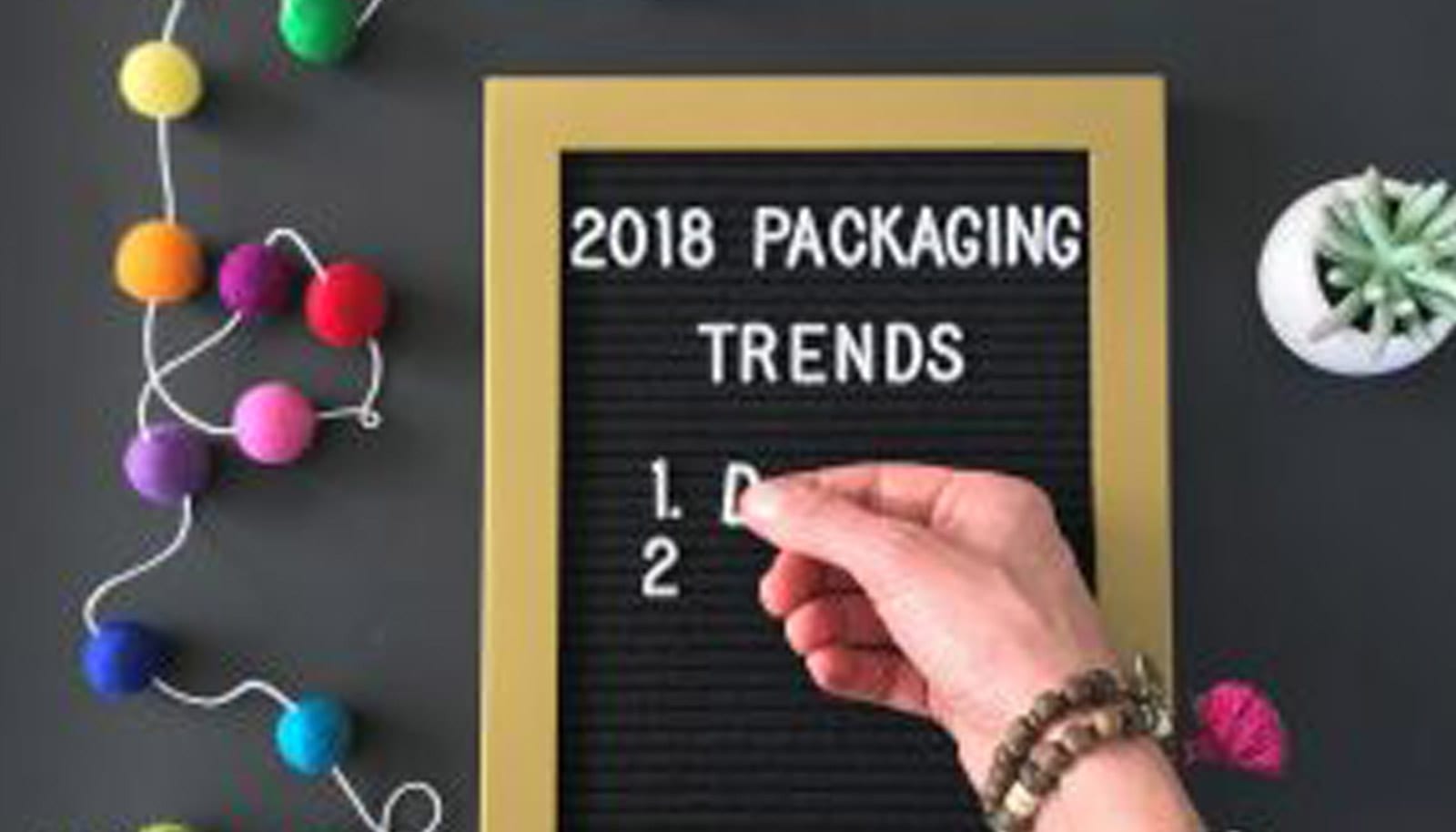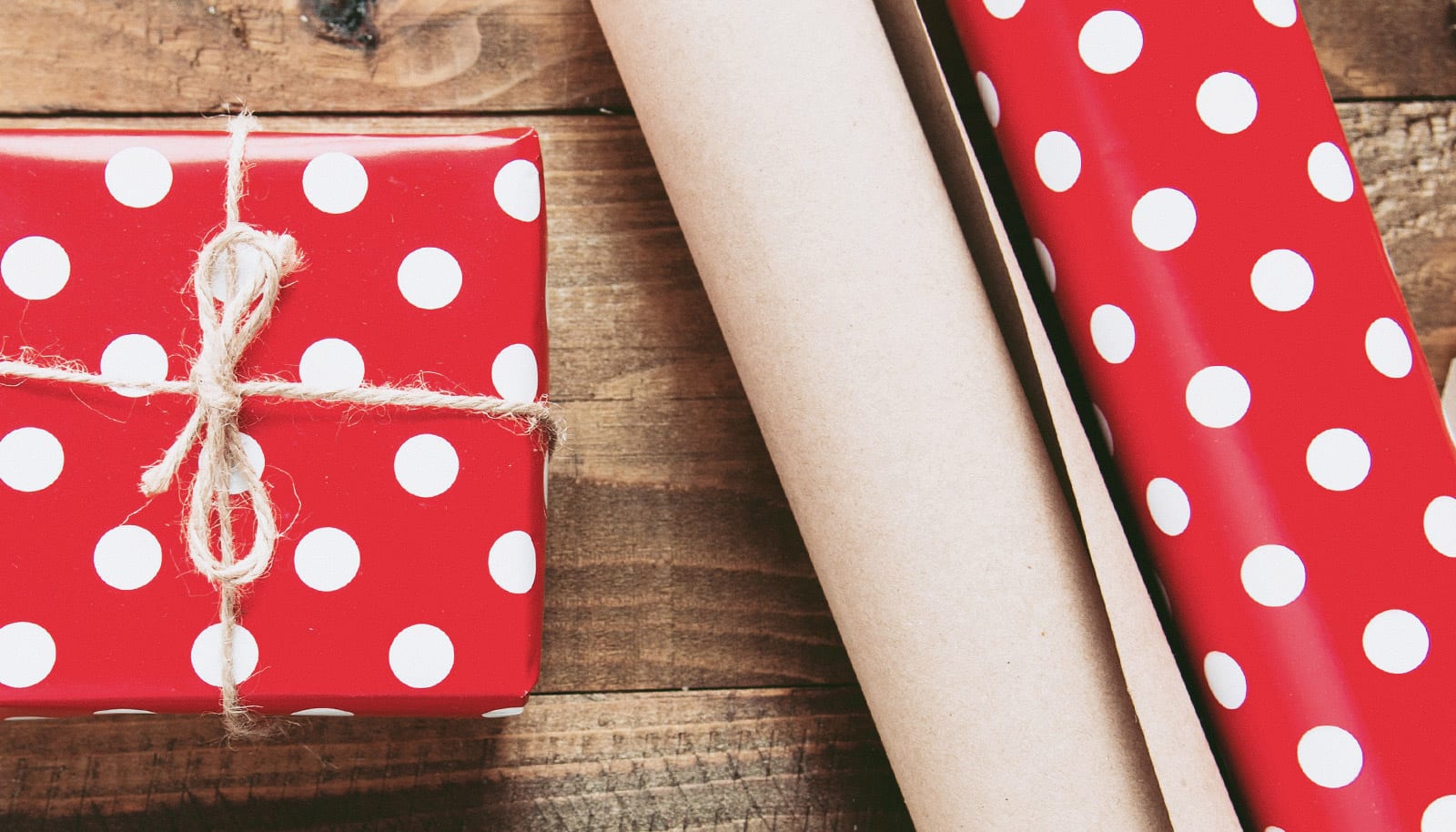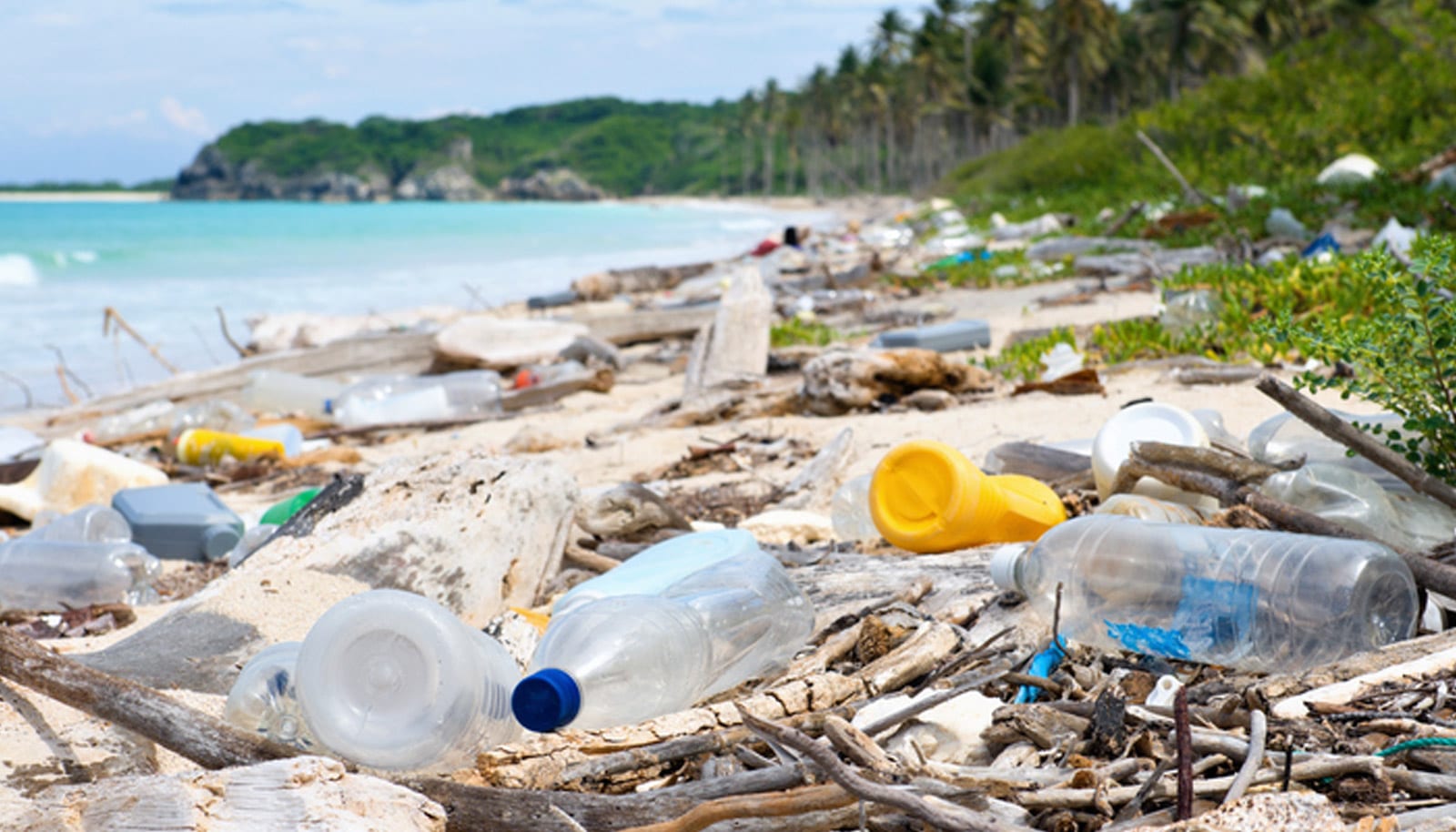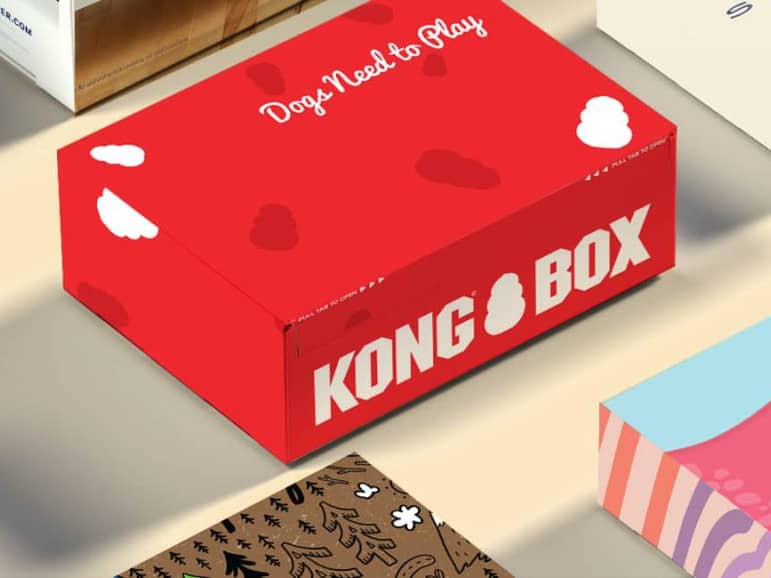5 Global Packaging Trends in 2018
/trend/: a general direction in which something is developing or changing.
Surely you know what a trend is. But why do they change? Who is behind the changes? And do we need to follow the trends?


Trends have always been a way people interact with each other. Our culture exists through a constant rotation of innovation and mimicry. Sometime trends emerge out of necessity (something needs to change), sometimes they are born from an innovator (the forward thinker who tries something new), and other times they come about simply from changing times (think 90’s vs. today)
While we are no experts on why design trends change, we can agree that they do. Last month, Mintel, the world’s leading market intelligence agency, announced five trends set to impact the global packaging industry over the coming year.
“Our packaging trends for 2018 reflect the most current and forward-looking consumer attitudes, actions, and purchasing behaviors in both global and local markets,” said David Luttenberger, global packaging director of Mintel. “Such trends as those we see emerging in e-commerce packaging have stories that are just now being written. Others, such as the attack on plastics, are well into their third or even fourth chapters, but with no clear ending in sight.”
1. Packaged Planet
The throwaway culture of today will evolve into one that understands and embraces the role of packaging as a primary means to reduce global food and product waste.
Food and beverage packaging used to be simply a means to deliver a product. It was a throwaway item and something that never merited a second look. It’s no secret consumers have become more conscious of environmental sustainability while at the same time keeping an eye on elevated packaging design.
It’s true. We are in a “throwaway culture” and people looking for a change. They want to live a low-waste lifestyle. Mintel forecasts a focus on package innovations that extend food freshness, while preserving ingredient fortification.
2. Repackage
As more and more consumers embrace online shopping, packaging will play a pivotal role in brands’ and consumers’ e-commerce experiences.


Perhaps the most interesting trend Mintel projects, is that packaging will be increasingly designed with e-commerce in mind. Online shopping is becoming more and more widespread and has hit unprecedented numbers. According to eMarketer, e-commerce sales are forecast to reach $4 trillion globally by 2020, representing nearly 15% of total global retail sales.
Consumers appreciate this convenience, but expect to be “wowed” once the product arrives on their doorstep. Today, it is seen as part of the experience. The right packaging can elevate a brand to new levels, but the wrong packaging can lead to a disappointing interaction. This means creating packaging that looks good online and is hardy enough to withstand transit is a must.
“Now is the time for brands to consider how packaging can alleviate, if not eliminate, consumer frustration with over-packaged and even under-branded goods sold online.” The Mintel report said.
3. Clean Label 2.0
Aiming for packaging designs that enlighten consumers’ purchase decisions, brands will reject approaches that offer too much or too little as they can leave shoppers more confused than informed.
Have you ever looked at the back of a package and felt overloaded with information? According to Mintel, 39% of French consumers feel that excessive information can make it hard to trust a brand. The challenge for most brands, will be how to effectively walk the line between not enough and just enough of what is needed for consumers to make a confident purchasing decision.
The report recommends brands “bring the next generation of clean label to packaging design to provide a moment of calm and clarity for shoppers in an increasingly hectic environment.”
4. Sea Change
Plastic packaging adrift in the world’s oceans will become the catalyst driving brands to rethink packaging in a context consumers can understand and act upon.


On average, it takes 450 years for a plastic bottle to biodegrade (some types will even take 1,000 years) and estimates by the Ellen MacArthur Foundation revealed that by 2050, there will be more plastics in the ocean than fish. Harsh realities, we know.
It seems only logical that we are seeing a rise in recycled packaging and a ban of certain types of plastic. Concerns over safe packaging disposal are escalating, but by committing to the use of recyclable materials, a brand can change their customer’s perception and make an impact they will approve of.
5. Renavigate
Brands will look to contemporary packaging formats to help reinvigorate the center-of-store aisles less visited by younger consumers.
You’ve all heard the grocery store advice when trying live a healthy lifestyle, to “shop the periphery”. This points in the direction of the fresh and chilled aisles and keeps shoppers out of the center isles where the processed products live.


This declining interest in those middle isle products has created a trend in packaging design. One that uses unique shapes, transparent materials and modern, creative visuals. Anything that will draw people — especially millennials — back in.
How can we help?
We’re all ears. Drop us a line and we’ll get in touch!
"*" indicates required fields
More Reads
4 Brilliant Kraft Packaging Designs
March 27, 2024
See It to Believe It.
Get started with a sample CompanyBox mailer.
















